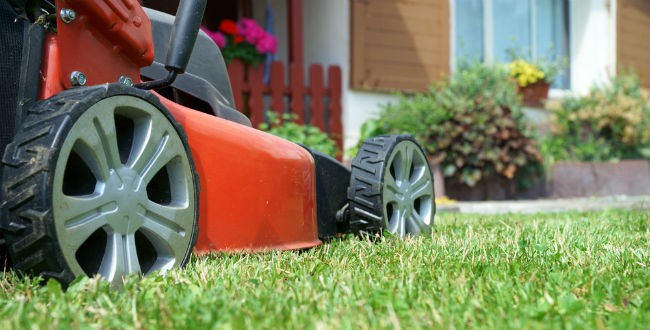Garden Maintenance - June 2014
Posted on:

Taken from an article originally featured in The Letting Update Journal.
Landlords, tenants and even agents can have different expectations when it comes to the effective management of gardens and outside spaces.
Landlords have different levels of emotional attachment to their houses and while most internal alterations made by tenants can easily be reversed, trees, paths, shrubs and hedges cannot simply be ‘put back’.
Digital photography does help with inventory checks, but a photograph of a frost-laden bare winter garden is of little use when the tenant checks out in July, and vice versa.
The vast majority of letting agents are not capable of listing individual plants, trees and shrubs accurately. How long is any specific plant expected to live? How does one decide whether the plant’s demise has been through damage, neglect or disease? Were the original plants sourced from a reliable nursery? Was the compost free from pests?
Landlords tend to fall into two groups – those who remain emotionally attached and those who see their rental properties purely as a business venture. The first group make more access requests to tend to their garden plants than to see inside their properties. The second group are generally less bothered about what happens so long as it does not involve them in cost or delay between lets.
So how far should professional property management extend beyond the back door?
Television makeover programmes have a lot to answer for with their implied ‘norms’.
Tenants with young children can lead very quickly to ponds being filled in or drained and the alteration of walls, gates and fences. Swings and huge play frames can be erected and are often sold on to the next tenants by the outgoing family. Ensuring responsibility and liability of such items is a marathon of efficient inventory preparation. If the landlord has left play equipment in a garden, how long can it reasonably be expected to last? Garden furniture also has an allotted life span – unless the landlord has provided details of the age, construction and care guidance, it is difficult to assess what is ‘fair wear and tear’. Our weather can be kind or harsh to wooden furniture and also effects its longevity.
Naturally, trees and shrubs grow. So the cute baby conifers planted in the front wall can, after 15 years, dwarf the house, block out all the light from the front rooms and the carefully constructed wall will have become the gritty rubble in the roots of these emerging monsters. It is a pretty sure bet that the removal of the trees will crack the surface of the garden path and bring some of the mains drainage with it on departure (as it seems reluctant to part from the stretch of clay pipe it has been hugging for some time).
In times of increasing economic pressure and increased ecological awareness, can we reasonably prevent tenants from growing vegetables in the garden? Many tenancy agreements expressly forbid this, and whilst it would be unreasonable for a tenant to remove lawns and plants to develop a market garden, two of the most attractive gardens seen by one agent were created by tenants who combined flowering plants with vegetables.
Pets are another issue – dogs and cats will foul the garden and, whilst some pet-owners are fastidious, others are less thoughtful leaving large amounts of faeces in the grass. Finding a contractor to clear this at the end of a tenancy is not easy.
All the above is, of course, dependent on being sure what in a garden actually belongs to a property. Many landlords have no idea what boundaries they are responsible for or who owns the fences. In rural areas there can be rights of way, access to communal cesspits and shared drying areas to deal with – how can one ascertain whether a tenant or neighbour has caused a problem?
Whilst we ask landlords for clarification of anything special in the garden and responsibility for the boundaries, this has only been of limited help. It is possible to include gardening in the rent for larger properties as some tenants, however willing, simply underestimate the amount of work needed to care for a large garden, especially in our temperate British climate.
As with most matters, common sense has to prevail. At the end of the day, if restoration is needed when tenancy ends, there is still a great deal a skilled gardener can do in a day.
Back